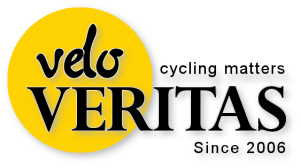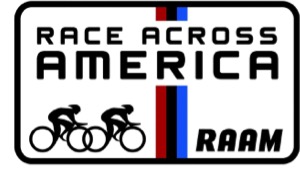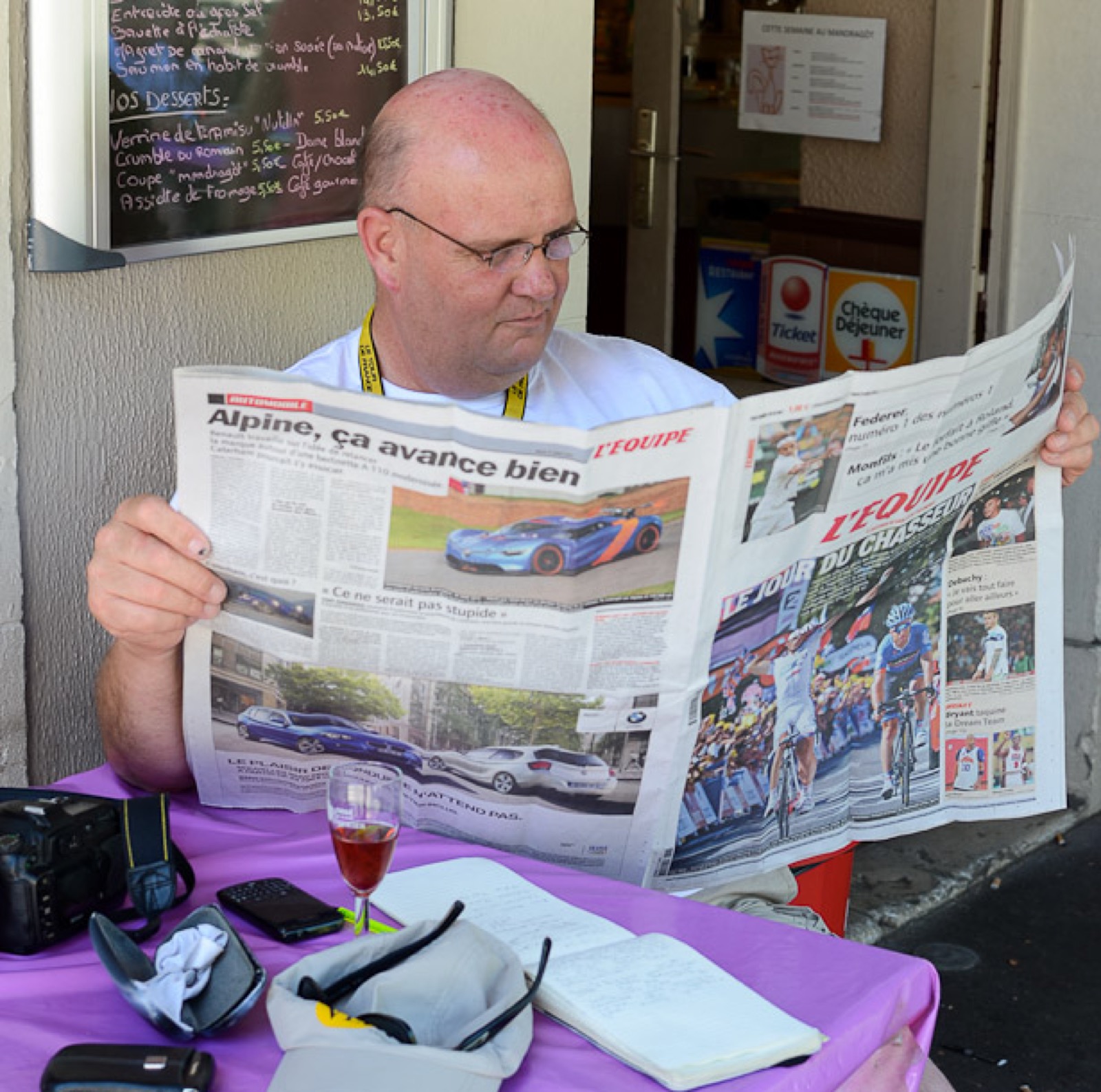ProTeam Novo Nordisk is comprised entirely of athletes who live with Type 1 diabetes; they’ve competed in some of the biggest races on the calendar, granted wild cards.
But the longest Classic on the calendar, Milan-Sanremo at some 300 kilomteres is one thing, the RAAM – the Race Across America at 4,800 kilometres is another.
But it’s not just the distance; the event climbs some 175,000 feet across 12 different states of the Union.
And this is no “take it at your own pace” jolly – it’s a competitive race with a 12 day cut-off, if you’re 12 days and two minutes then you’re out, not classified as a finisher.
But in June that’s what Canada’s Sebastien Sasseville, who lives with type 1 diabetes, qualified for, rode and finished.
We had a word with the dude to find out more.
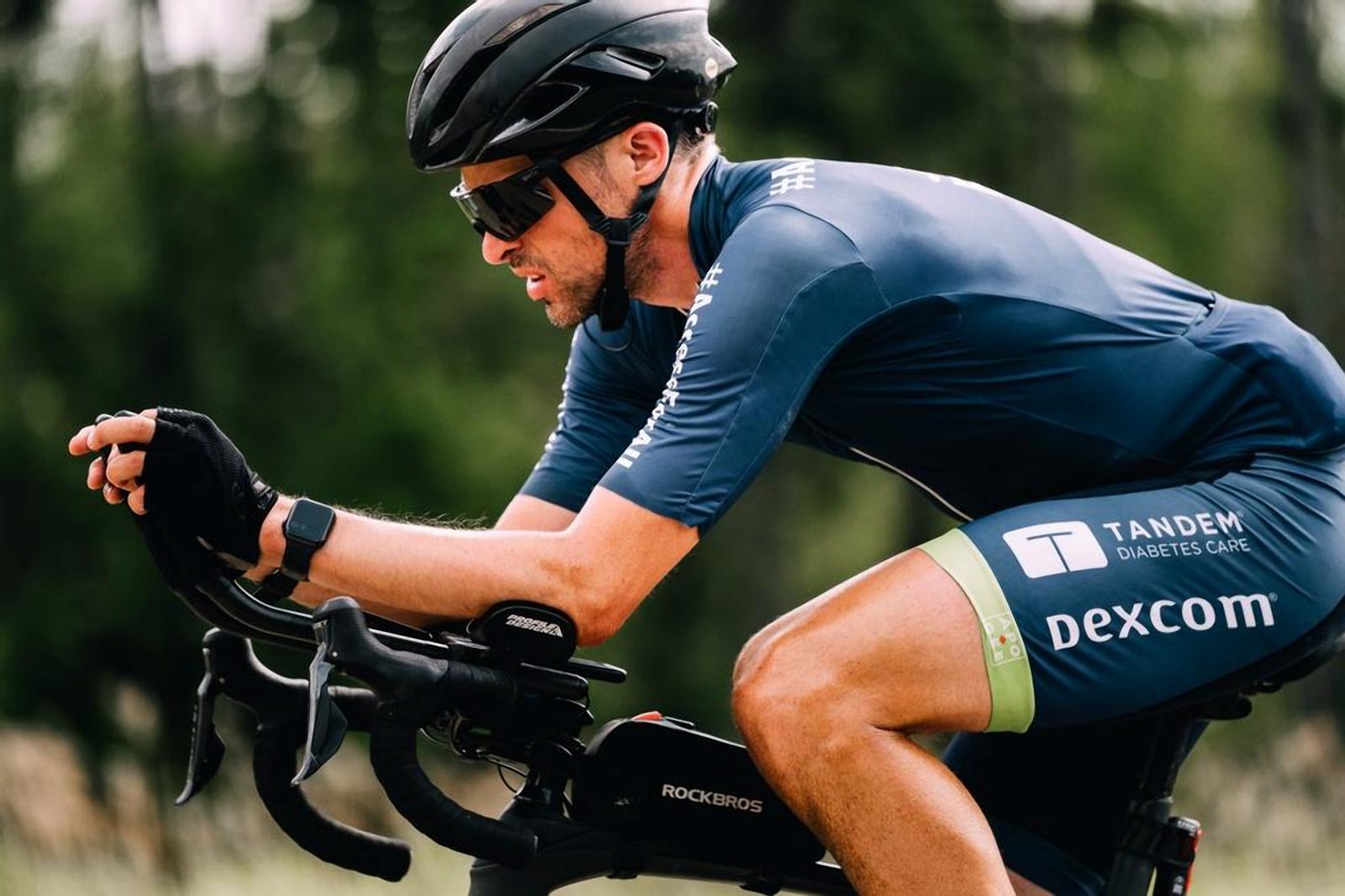
The basics first please, Sebastien.
“I’m 43 years-old from Quebec in Canada and I’m a motivational speaker.”
Why the RAAM?
“Why not?
“I’m an endurance guy, I love to go long, it’s where I shine and my interest in ultra-distance cycling has grown over time.
“I was aware of the RAAM but didn’t understand how it could be done, apart from the physical and mental challenge there’s the funding, logistics and putting together a team for the project.”
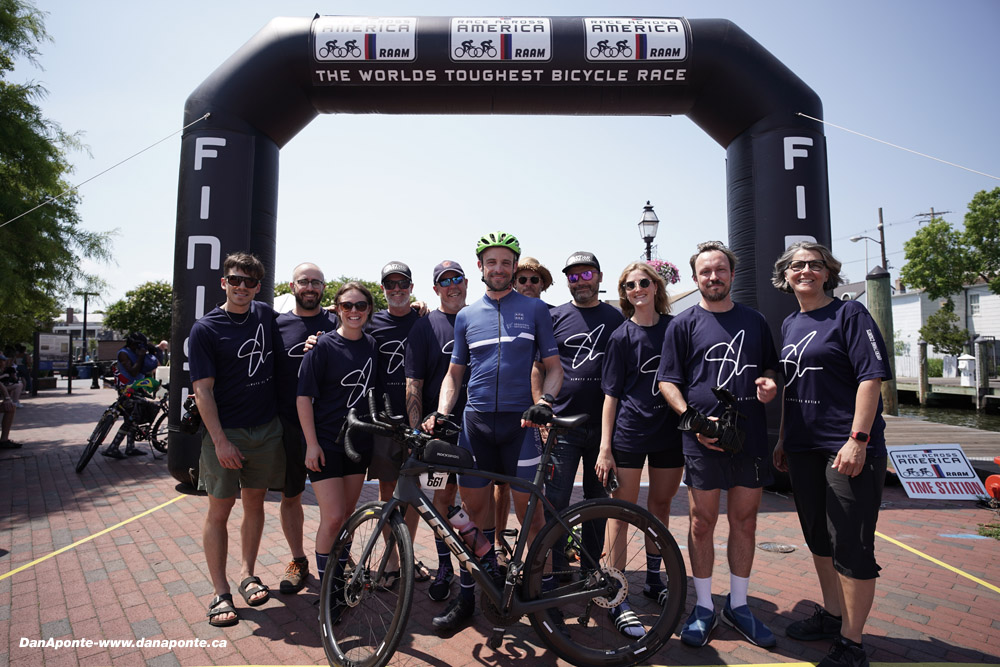
How do nutrition and managing your condition dovetail on a ride like that?
“The first consideration is to fuel my body as an athlete; but of course the diabetes puts a layer of complexity on top of that, I have an insulin pump and CGM – continuous glucose monitoring system to assist in advising what I have to do with my insulin intake.”
Did you have previous ultra-distance experience?
“Last year I rode across Canada in 15 days 17 hours, that’s 6,000 kilometres, which is longer than the RAAM but with less elevation.”
Tell us about your coaching and training.
“My coach is Cliff Scherb of Glucose Advisors – but I’ve been training for and competing in long distance sport for the last 10 years, including six Ironman Triathlons and the Sahara ultramarathon.
“There were a lot of long preparatory training rides involved – 100, 200, 300, 400 kilometres before the RAAM.”
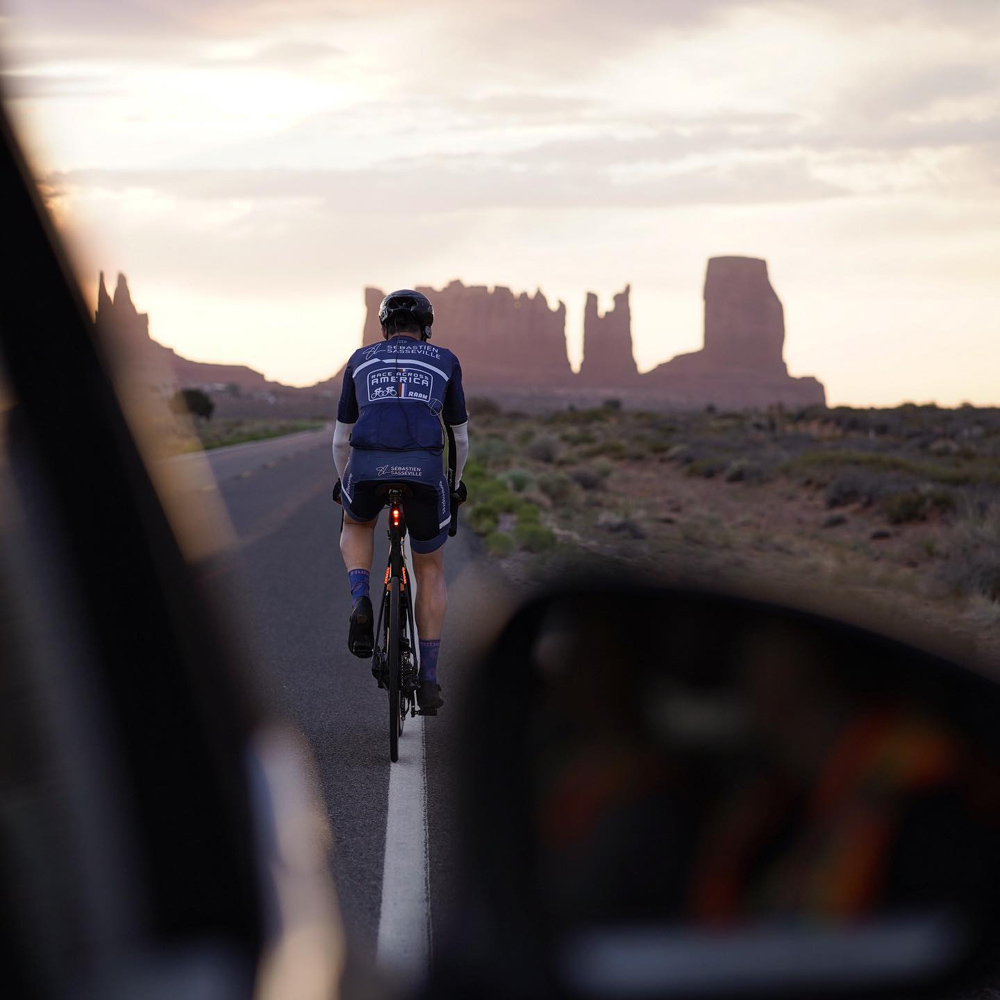
Who are your sponsors?
“My three main sponsors are Dexcom, a company that develops, manufactures and distributes continuous glucose monitoring systems for diabetes management.
“Lilly Canada, an affiliate of Eli Lilly and Company, one of the world’s largest research-based pharmaceutical companies; Lilly produced the world’s first commercially available insulin.
“Tandem Diabetes Care who manufacture my insulin pump which is integrated with my Dexcom G6 continuous glucose monitoring system.”
Tell us about your support team.
“I had 10 people in my team, we have two mini-vans and an RV; I thought it would be for me sleeping in but it became more of an oasis for the support crew.
“You have to get the culture of your support team right – I probably wouldn’t have finished without them.”
And you finished sixth, were you happy with that?
“I was sixth in my age category and 12th overall in 11 days 22 hours – and ‘yes’ I’m proud of what we achieved as a rookie team.
“I was hoping for a little better and was riding in sixth overall position for a long time but my body came apart on day nine; I made mistakes with my sleeping.
“The important thing was to beat the 12 day cut off and we achieved that – but it was just as important to make it to start line.
“It sends a huge message to folks who live with type 1 diabetes, reminding them to Dream big! Take that first step! Take care of yourself!”
Am I correct in saying that no drafting is allowed in the race?
“That’s correct, no drafting; just like any race there are rules which have to be adhered to.
“But the officials are great, their concerns are more about your safety than any other aspect, not just rules for rules sake.”
Your bike?
“It’s a Trek Madone with aero bars, you have to be as comfortable as possible for an endeavour like RAAM.
“I love it, I did the trans-Canada ride on it.
“People were saying I should bring; ‘a spare everything’ but I’ve ridden 20,000 kilometres on that machine with no mechanical issues – I’ve had punctures but that’s to be expected.”
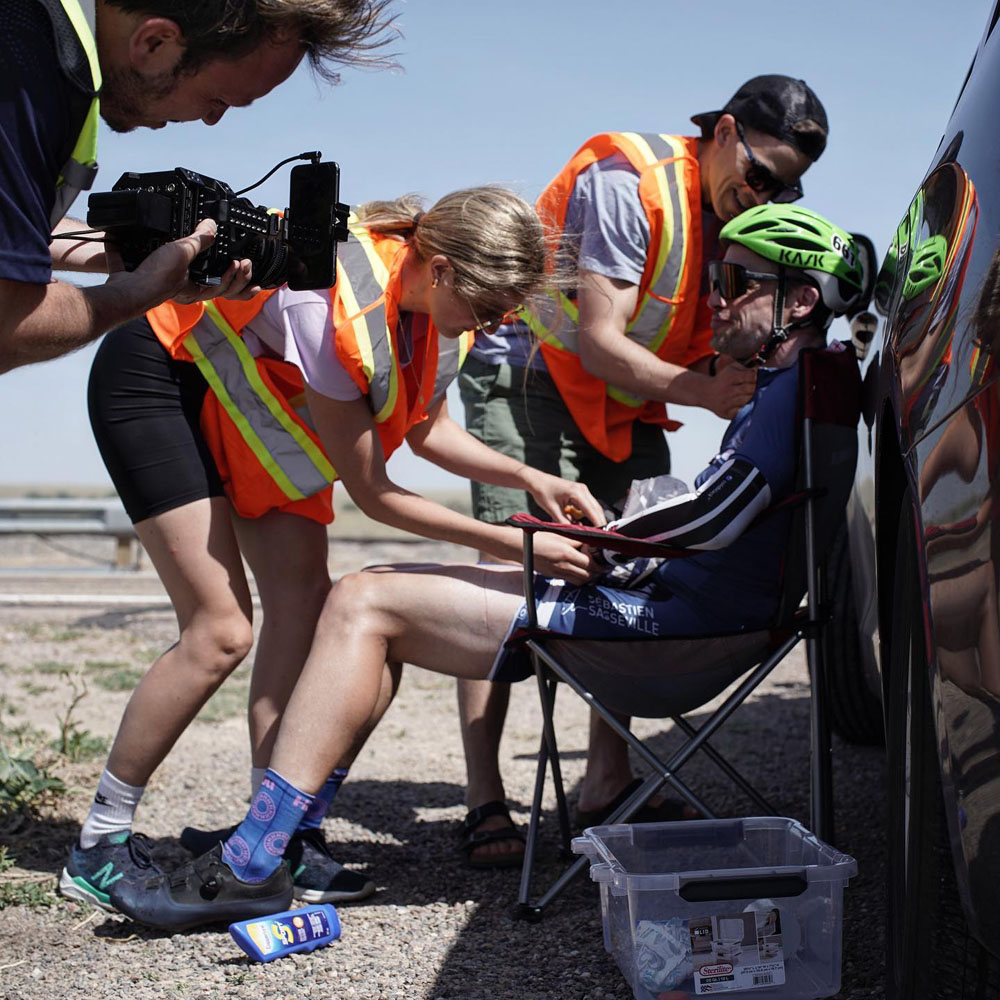
Bad patches?
“Day nine – my body just fell apart, I just wasn’t getting enough sleep.
“I couldn’t get to sleep and over the first 1500 kilometres I only managed about two-and-a-half hours sleep; I was having bad nights when it came to trying to get to sleep.
“But day nine I had no fire left so the team decided to take me off the bike for five hours – that enabled me to ‘reset,’ I came back to life and that enabled me to finish.
“There were a lot of guys DNF, the weather wasn’t the best but my support team convinced me to go.
“I’m a resilient person but if you over-work your resilience then it gets tired – that’s why having a good support team is so important.”
Will we see you back in the RAAM – and with what lessons learned?
“I’d love to do it again, it’s such a challenge, the preparation, the logistics, the ride…
“If I ride the RAAM again I’d have a different strategy for the RV and for sleeping.
“And another big problem is that for a lot of the ride there’s no ‘phone signal so the team don’t have access to my data – that’s something we’d have to think about…”
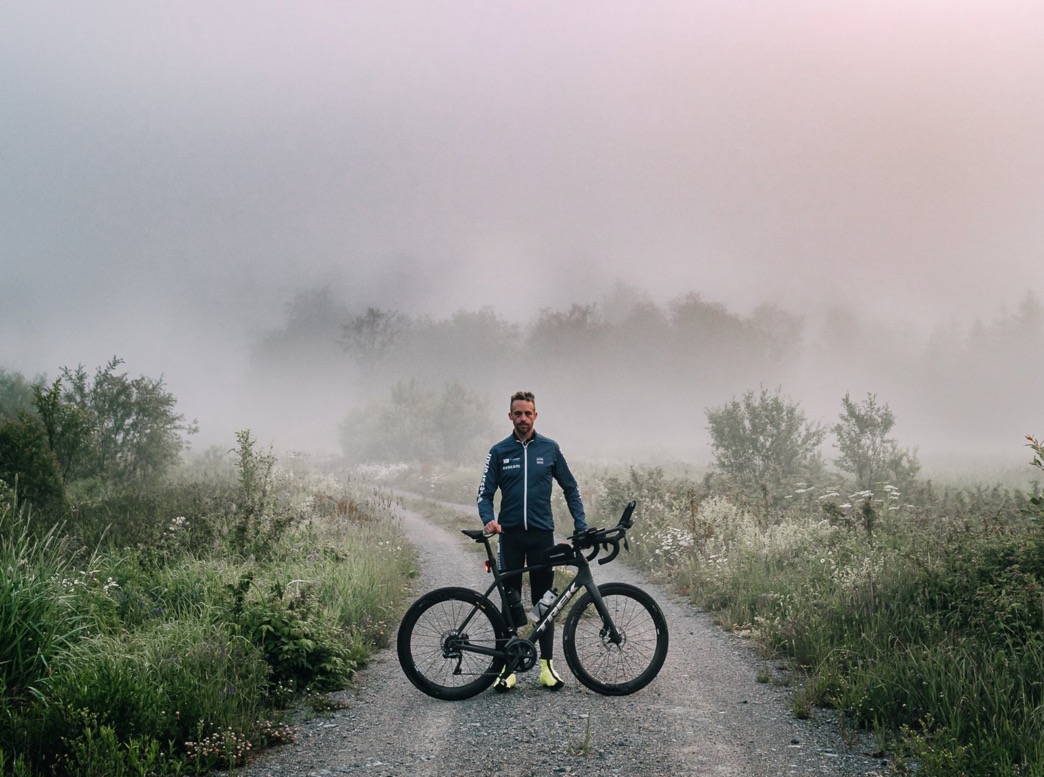
With thanks to Sebastien, Gerry McMaster at Allison & Partners for setting up the interview and my US amigo Chuck Pena for pulling us all together. Thanks also to DanAponte (danaponte.ca) and the other photographers.
